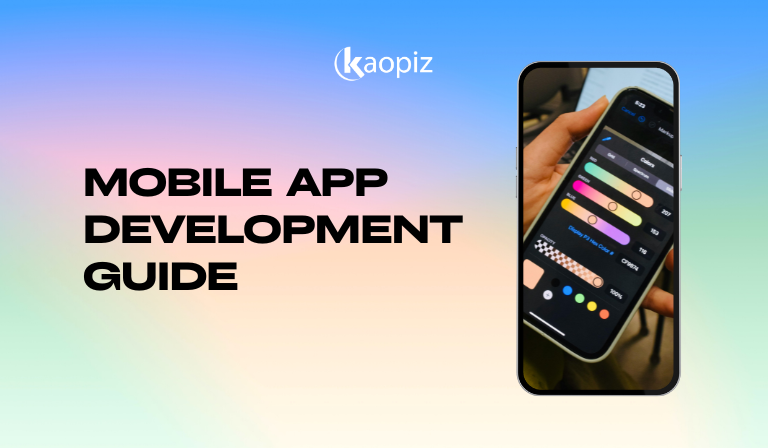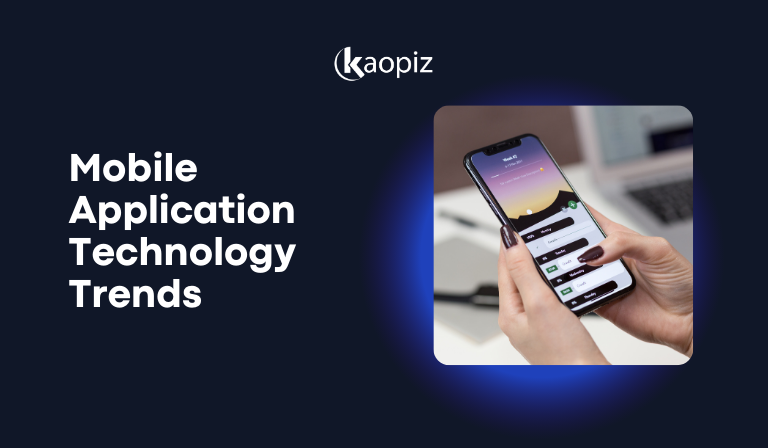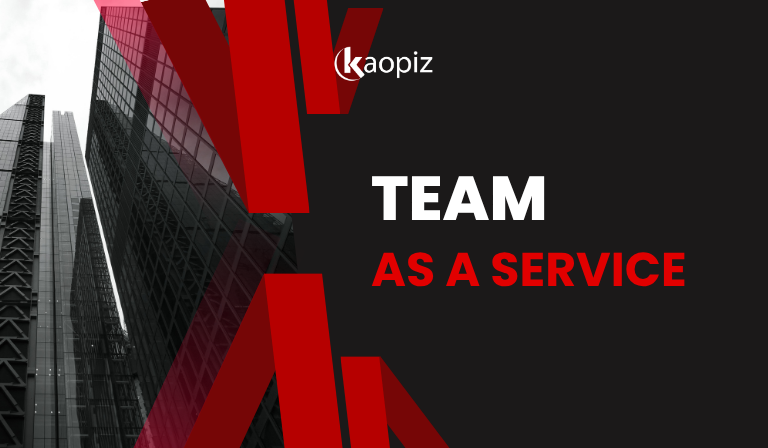Top 11 Trends in Educational Technology to Watch in 2025
The education landscape is undergoing a digital revolution. As classrooms become smarter and learning becomes more flexible, educational technology (EdTech) is playing a pivotal role in shaping how knowledge is delivered and absorbed. From AI-powered learning assistants to immersive VR simulations, today’s innovations are making education more personalized, engaging, and accessible than ever before.
In this blog, we explore 11 emerging trends in educational technology that are set to redefine the future of learning in 2025 and beyond.
Table of Contents
- The Current State of Educational Technology
-
11 Emerging Trends in Educational Technology in 2025
- AI and Personalized Learning Experiences
- Immersive Learning with AR and VR
- Hybrid Learning and Blended Learning Models
- Microlearning and Nanolearning
- Gamification of Learning
- EdTech for Lifelong Learning
- Cloud-Based Learning Environments
- Blockchain for Education Credentials
- Learning Analytics and Data-Driven Education
- STEAM Education
- Social and Collaborative Learning Technologies
- Why Choose Kaopiz for Your EdTech Projects
- Conclusion
- FAQs
The Current State of Educational Technology
Educational Technology has rapidly shifted from a supportive tool to a foundational element in modern learning. It integrates digital platforms, mobile devices, and smart software to enhance teaching and improve learner outcomes. From virtual classrooms to AI-powered learning systems, technology is now embedded in every aspect of the educational journey.
The global EdTech market is expanding at an impressive pace. Valued at $220.5 billion in 2023, it’s expected to reach $810.3 billion by 2033, driven by the demand for flexible, accessible, and personalized learning experiences. The smart education market, too, is forecasted to hit $680.1 billion by 2027, fueled by widespread smartphone adoption, improved internet access, and digital content consumption.
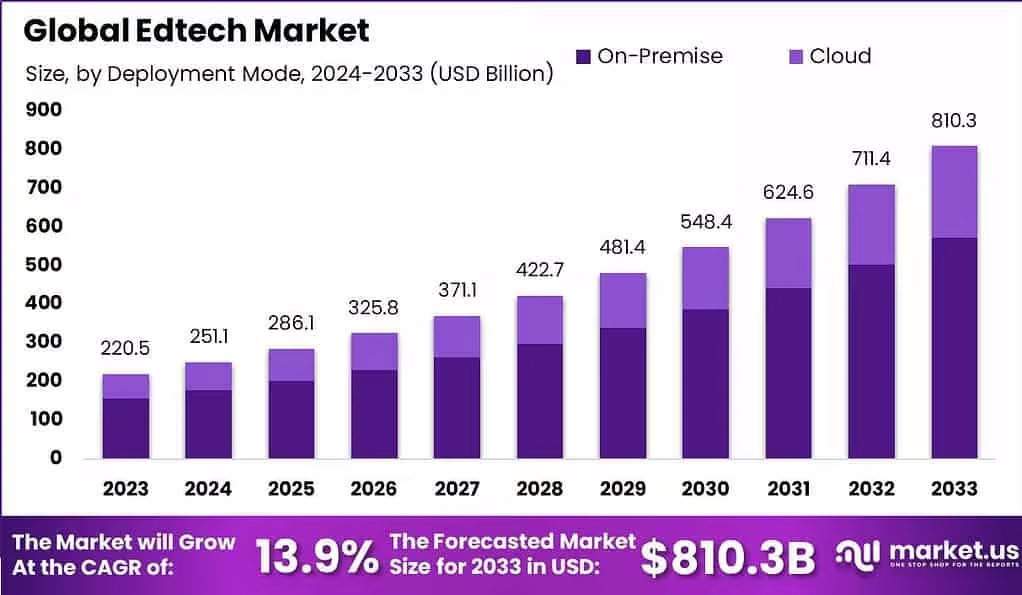
The COVID-19 pandemic further accelerated digital adoption, pushing over 90% of students worldwide into online learning environments. While this shift highlighted gaps in digital infrastructure, especially in developing regions, it also proved that scalable, tech-driven education is both possible and effective.
As we enter 2025, educational institutions and enterprises alike are investing in EdTech not just to deliver content but to reimagine the future of learning itself.
11 Emerging Trends in Educational Technology in 2025
As educational needs evolve and technology advances, a new wave of innovation is reshaping how we teach and learn. Below are 11 emerging edtech trends that are set to define the future of learning in 2025 and beyond.
AI and Personalized Learning Experiences
AI integration in education is becoming one of the outstanding trends in educational technology, with personalized learning emerging as one of its most impactful applications.
By leveraging technologies like machine learning and natural language processing, AI-powered platforms can assess a student’s strengths, weaknesses, and learning preferences with unprecedented accuracy.
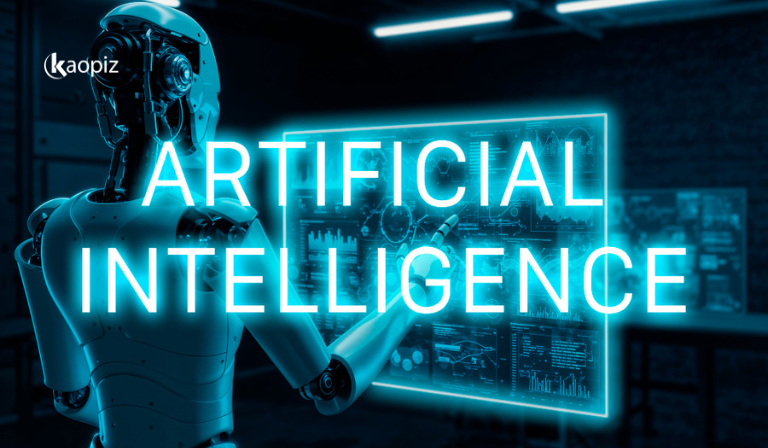
Key highlights:
- Adaptive platforms: like Squirrel AI and Microsoft’s Reading Coach, adjust to each learner’s pace and style.
- AI tutors and feedback systems: Provide real-time support, even in large or remote classrooms.
- Generative AI: Customize content and aids students with disabilities or language challenges.
- Voice-activated tools: Enhance accessibility and hands-free learning.
According to Forbes, 60% of educators already use AI in education, like classroom daily, a number that’s expected to grow. As the demand for tailored learning increases, AI in Learning Management Systems will continue to be a cornerstone of innovation in education, driving better performance, higher motivation, and improved retention for learners at all levels.
Immersive Learning with AR and VR
The integration of Augmented Reality (AR) and Virtual Reality (VR) is one of the notable educational technology trends. It is transforming classroom learning into an engaging, multisensory experience. These technologies offer new ways to visualize, explore, and interact with content far beyond traditional textbooks or lab experiments.
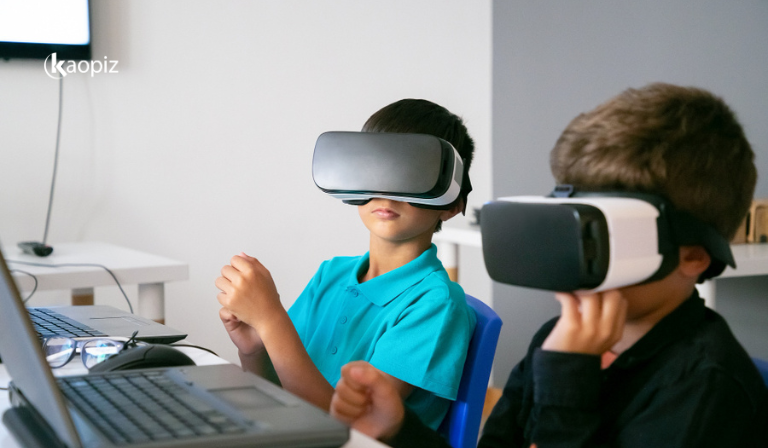
Key highlights:
- VR: Offer fully simulated environments, ideal for scenarios like medical training and technical skills development.
- AR: Enhance real-world settings with interactive digital overlays, improving visualization and understanding.
- Extended Reality (XR): Including AR, VR, and MR—boosts engagement and knowledge retention through immersive content.
- Notable applications: Google Expeditions, Labster, and Interplay Learning (e.g., HVAC, solar).
The AR and VR market in the education sector is projected to reach $14.2 billion by 2028, signaling their growing influence as essential tools for modern learning.
Hybrid Learning and Blended Learning Models
The post-pandemic shift has cemented hybrid learning as a vital approach to modern education. While online learning offers flexibility, studies show that 65% of teens still prefer in-person contact, making a blended strategy essential for engagement and effectiveness.

Key highlights:
- Hybrid learning: Combine in-person and online instruction, offering students flexibility in how they learn.
- Blended learning: Enhance classroom sessions with digital tools, creating a more interactive and personalized experience.
- Innovative tools supporting this trend: Advanced Learning Management Systems (LMS), Wearable technology, and Digital twin classrooms.
- Particularly effective for: Higher education, adult learning programs, corporate training, and continuous professional development.
Hybrid and blended models are not just a response to disruption—they’re trends in educational technology and a proactive strategy to deliver more connected, flexible, and student-centered education.
Microlearning and Nanolearning
As attention spans shrink and schedules get tighter, learners are turning to microlearning and nanolearning—two of the latest trends in educational technology. These methods deliver focused, bite-sized content that’s easy to absorb, accessible anywhere, and tailored for today’s fast-paced world.

Key highlights:
- Microlearning: Deliver small, topic-specific lessons—typically 3–10 minutes long—ideal for quick knowledge acquisition.
- Nanolearning: Take it further, offering bite-sized content in under 2 minutes, often through infographics, flashcards, or short videos.
- Perfect for: Mobile learning, on-the-go education, just-in-time training in corporate environments, and reinforcing concepts in online courses.
- Platforms embracing this trend: Duolingo, Arist, LinkedIn Learning, and Twitter threads or TikTok-style explainer videos.
In 2025, flexibility, speed, and engagement are at the heart of effective learning, and micro/nanolearning delivers just that.
Gamification of Learning
Gamification is one of the great trends in edtech and the most effective way to increase learner engagement. It involves applying game mechanics—like points, badges, and leaderboards—to educational content. This approach taps into students’ natural motivation to compete, achieve, and be rewarded.
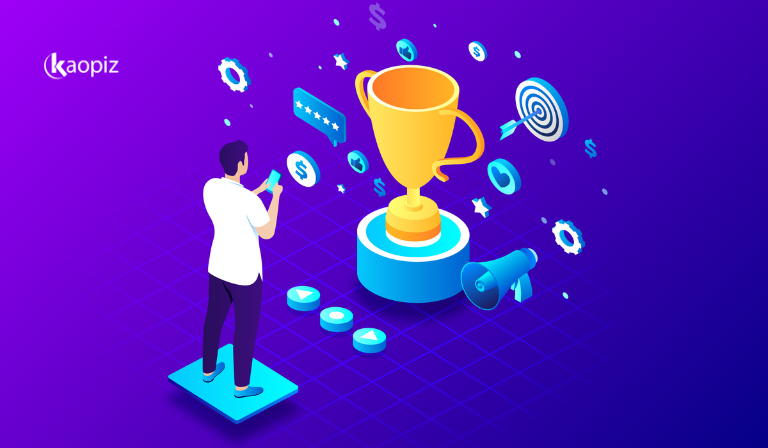
Key highlights:
- Benefits: Increases student motivation and content retention, turns passive learning into active problem-solving, supports goal tracking and immediate feedback loops.
- Popular platforms leading this trend: Kahoot! Quizizz, Classcraft, and Duolingo.
- Use cases: K–12 classrooms, higher education, and employee onboarding/training, particularly effective in remote learning to reduce screen fatigue and disengagement.
Edutainment—where education meets entertainment—is also on the rise, becoming a trend in educational technology. As a result, gamification is now a core pillar of modern pedagogy in both schools and digital learning platforms.
EdTech for Lifelong Learning
Lifelong learning refers to the ongoing, self-motivated pursuit of knowledge, both for personal growth and career advancement. In the era of rapid change, EdTech plays a pivotal role in enabling continuous education beyond traditional classrooms, empowering individuals to upskill, reskill, and stay competitive in the evolving workforce.
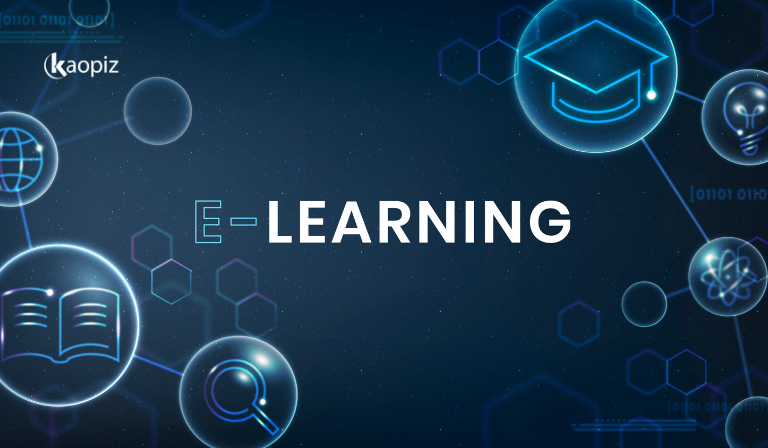
Key highlights:
- How EdTech supports it: By offering on-demand courses, flexible formats like microlearning and bootcamps, and AI-driven content tailored to each learner’s goals.
- Popular platforms: Coursera, edX, Udemy, LinkedIn Learning for business and tech skills. Khan Academy and YouTube EDU.
- Use cases: Corporate training and employee upskilling, adults returning to education or shifting careers, and continuous development for professionals.
As the demand for future-ready skills grows, EdTech ensures that learning doesn’t stop at graduation—it becomes a lifelong habit.
Cloud-Based Learning Environments
Cloud technology is the backbone of modern digital education, offering scalable, flexible, and accessible solutions for learners and institutions worldwide. Cloud-based platforms host learning content, tools, and data on remote servers, accessible through any internet-connected device.
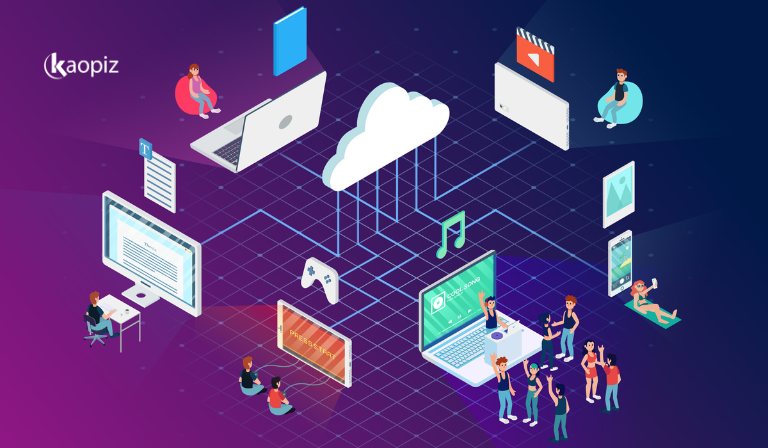
Key highlights:
- Benefits: Easy access to materials and assignments across devices, real-time collaboration between students and teachers, and seamless updates, backups, and data security.
- Popular platforms: Google Classroom, Microsoft Teams for Education, Moodle Cloud, and Canvas.
- Use cases: Centralized learning management in schools and universities, remote and hybrid education delivery, corporate training, and onboarding at scale.
In 2025, more and more institutions will embrace digital-first learning, and cloud-based systems are becoming essential for delivering consistent, high-quality education across regions and devices.
Blockchain for Education Credentials
Blockchain is reshaping how educational records are stored, verified, and shared. By offering a secure, decentralized, and tamper-proof system, it eliminates credential fraud and streamlines verification for institutions, students, and employers.

Key highlights:
- Benefits: Secure credentials, fast verification, and reduced admin workload for institutions.
- Use cases: Verifying credentials for MOOCs and e-Portfolios, sharing achievements, and automating academic processes.
- Innovative platforms: Accredible issued over 36 million digital credentials in 2024, marking 45% YoY growth.
Blockchain solves challenges of authentication, scalability, and cost, particularly for e-learning providers and global institutions. In 2025, it is setting a new global standard for transparency and trust in academic certification.
Learning Analytics and Data-Driven Education
Many institutions are now using data to track student behavior, identify learning gaps, and personalize instruction. Then, big data and learning analytics are reshaping education by helping institutions monitor student performance, adapt teaching strategies, and make smarter, data-informed decisions.
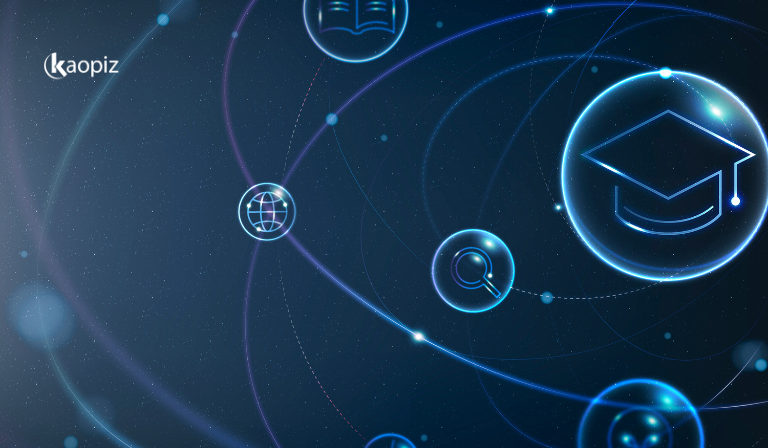
Key highlights:
- Benefits: Boost engagement, enable early intervention, and guide curriculum planning.
- Use cases:
- Learning analytics platforms like Amira Learning and Panorama Education track engagement and performance.
- Predictive analytics and scenario simulations support personalized learning paths and future outcome forecasting.
- Trend overlap: Universities are also exploring blockchain to securely store and analyze academic credentials alongside performance data.
As data becomes more accessible and actionable, learning analytics is key to creating more effective, personalized, and proactive education systems.
STEAM Education
STEAM (Science, Technology, Engineering, Arts, and Mathematics) is a learning approach that blends technical and artistic disciplines to develop both analytical and creative thinking. This is one of the new trends in educational technology and is an evolution of traditional STEM programs, emphasizing creativity and hands-on problem-solving in real-world contexts.
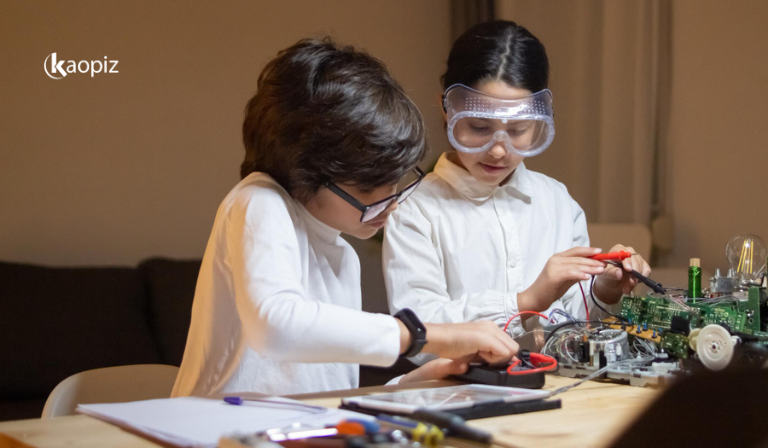
Key highlights:
- Benefits: Encourage curiosity, support creative expression, and strengthen teamwork through hands-on projects.
- Use cases:
- Engineering design challenges, robotics with art integration, coding, and storytelling projects.
- Widely used in K–12 classrooms, maker spaces, and interdisciplinary university programs.
Nowadays, innovation becomes increasingly cross-functional, so STEAM education should prepare students with the versatile skills needed for tomorrow’s workforce.
Social and Collaborative Learning Technologies
Social and collaborative learning tools are transforming education by fostering communication, teamwork, and peer-to-peer engagement—essential skills in both academic and workplace settings.

Key highlights:
- Benefits: Promote active participation, build communication and collaboration skills, encourage community-based learning beyond the classroom.
- Popular platforms: Edmodo, Padlet, Slack, Microsoft Teams, and Google Workspace
- Use cases: Virtual group assignments, discussion boards, shared note-taking, and real-time brainstorming sessions.
As education becomes more connected, collaborative tech tools are vital for preparing students to thrive in team-driven, digital-first environments.
Why Choose Kaopiz for Your EdTech Projects
As a trusted name in LMS development, Kaopiz delivers scalable, feature-rich, and budget-friendly solutions that transform the way organizations approach digital learning. Whether you’re an educational institution, enterprise, or EdTech startup, Kaopiz has the expertise to bring your vision to life.
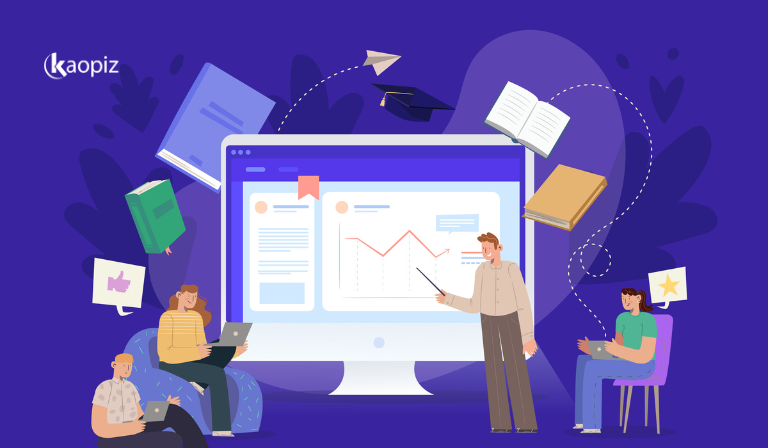
Here’s why Kaopiz stands out:
- Expertise in Affordable LMS Development: We specialize in building high-quality LMS platforms that are both cost-effective and tailored to your unique needs. Our development teams bring deep experience across a variety of industries and learning models.
- Comprehensive Service Offering: From intuitive UI/UX design and robust backend development to seamless API integration and ongoing maintenance, we offer full-cycle LMS development. We can create custom platforms from scratch or enhance existing open-source systems.
- Proven Track Record and Global Client Success: Our work with clients around the world showcases our ability to deliver impactful, user-centric LMS platforms that improve engagement, streamline learning management, and support long-term growth.
Whether you’re launching a new e-learning initiative or upgrading your current system, Kaopiz is your reliable partner in EdTech innovation.
Conclusion
As we move further into 2025, trends in educational technology continue to reshape the way we teach, learn, and grow. From AI-powered personalization to immersive AR/VR experiences and blockchain-secured credentials, these trends are more than innovations—they are necessities for modern education.
Staying ahead of these developments empowers institutions, educators, and learners to thrive in a rapidly evolving landscape. Whether you’re looking to implement a new LMS, adopt mobile learning, or integrate AI into your platform, Kaopiz is here to help you lead the way in EdTech.
FAQs
How Can Mobile Learning Be Used in Education?
Mobile learning allows students to access educational content anytime, anywhere, using smartphones or tablets. It supports microlearning, real-time communication, and personalized learning experiences, making education more flexible and accessible.
How Do Educators Adapt to the Challenges of Online Education?
Educators adapt by leveraging digital tools such as LMS platforms, video conferencing, and interactive content. They also receive training on virtual teaching strategies, focus on maintaining student engagement, and use data analytics to track progress and adjust instruction accordingly.
Can You Help with AI Integration into Existing Educational Platforms?
Yes. Kaopiz offers AI integration services tailored to your LMS or e-learning platform. We help you implement features like personalized learning paths, intelligent content recommendations, AI-driven assessments, and real-time performance analytics to enhance learning outcomes.
















